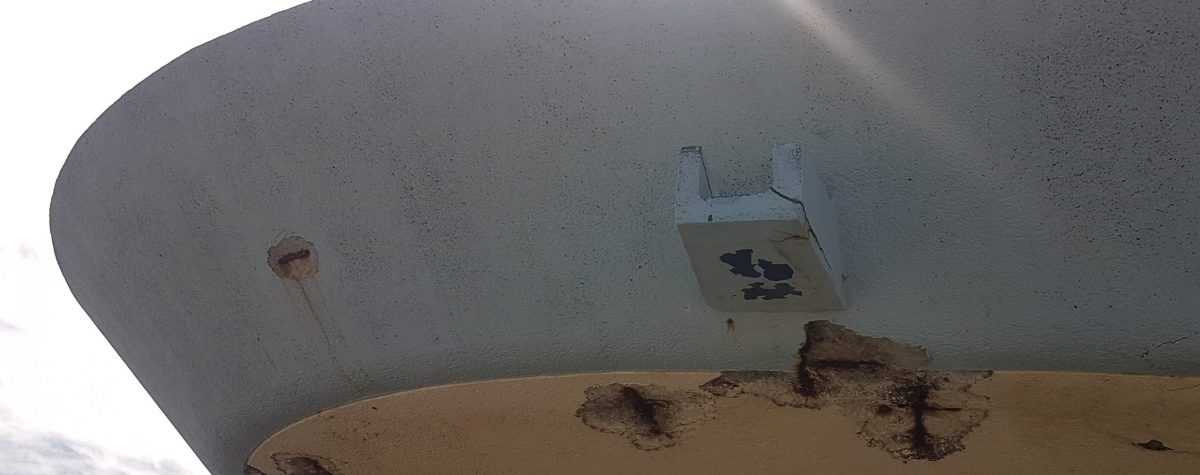
CONCRETE REPAIRS
CONCRETE CANCER REPAIRS
Concrete cancer is caused by carbonation, moisture, efflorescence and salt which can occur due to a number of reasons such as:
- Badly poured substrate: Badly poured concrete allows moisture to penetrate into the cracks and voids, interact with the steel reinforcement and initiate concrete cancer.
- Poorly prepared steel reinforcement: Poorly prepared steel reinforcement when the original concrete was poured leaves the slab vulnerable to concrete cancer.
- Failed waterproofing: Concrete structures that have not been waterproofed sufficiently due to cost-cutting or general degradation allow for water ingress which results in concrete cancer.
- Incompatible metals: Incompatible metals in close proximity to each other cause a chemical reaction which permits water to penetrate the slab, access the steel reinforcement and initiate the concrete cancer process.
- Structural cracks: Structural cracks in concrete retaining walls, columns, beams and slabs commonly attributed to defective design, workmanship or materials, allow water to enter the structure and concrete cancer to form.
- Stress fractures: Stress fractures caused from weight bearing or general wear and tear lets water infiltrate the concrete and react with the steel which leads to concrete cancer.
- Low quality materials: The use of poor-quality materials during the initial stages of forming reinforced concrete may result in inadequate cover around the reinforcement, allowing the corrosion process to commence, which in turn leads to concrete cracking and concrete cancer.
- Poor steel placement: When the ends of the steel reinforcement are placed too close to the surface of the concrete, water is able to seep through and trigger oxidisation of the steel’s lime and other chemicals, triggering concrete cancer.
- Failed repairs: Unrealistic and low quotations lead to failed repairs as it may encourage contractors to carry out only partial repairs, use less steel reinforcement in the concrete or use low quality materials.
Badly poured concrete allows moisture to penetrate into the cracks and voids, interact with the steel reinforcement and initiate concrete cancer.
There are three most common types of treatment for concrete cancer. If the problem is related to concrete carbonation and low concrete cover, the solution involves implementing a polymer modified repair system. This includes repairs to all spalled areas by removing the concrete behind the steel reinforcement, removing the corrosion followed the application of a steel primer and polymer modified materials. Then finish the process with an anti-carbonation protective coating. If the problem source is associated with chloride contamination of the concrete, the repair process is more complex and usually involves specialty concrete repair solutions such as cathodic protection. If the concrete cancer is less severe, then you could use the simple replacement method of removing the damaged concrete, cleaning and/or replace the exposed steel that’s corroded and then fillling the cracks.
The treatment of concrete cancer should only be completed by professionals. Applying an incorrect repair method, or using the wrong materials, could become a costly mistake – the unsuitable treatment will only conceal the damage and delay the foreseeable repair.
LATEST PROJECTS
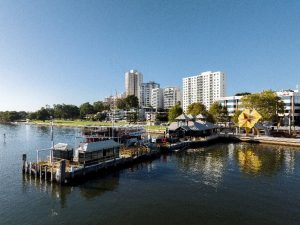
Mend Street Jetty
The Mend Street Jetty, located on the southern shore of the Swan River and constructed circa 1975, operates as a Transperth Ferry Terminal. It’s understood
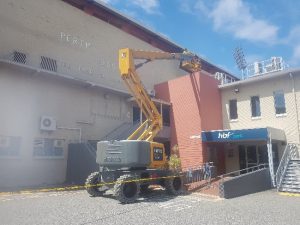
HBF Park
HBF Park, formerly known as Perth Oval and located close to Perth’s CBD, is a sports stadium which hosts sporting events as well as concerts.
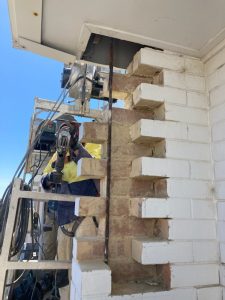
Johnson Court
Johnson Court is a ten-story development comprising 120 retail and residential properties. Cracked bricks on the upper floor balcony nib walls, on the western elevation
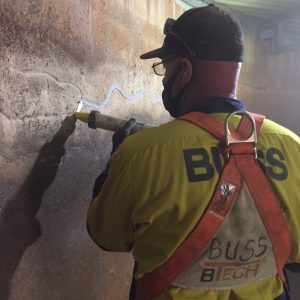
Balgo Community
Balgo is a community located within the Shire of Halls Creek, off Tanami Road, in Western Australia. Established by German missionaries in 1939, Balgo lies

